Home dehumidifier Calculator
Discover the power of a home dehumidifier calculator, a valuable tool that helps you determine the perfect dehumidifier size for your home, ensuring optimal humidity control and a comfortable living environment.

Discover the power of a home dehumidifier calculator, a valuable tool that helps you determine the perfect dehumidifier size for your home, ensuring optimal humidity control and a comfortable living environment.

Dive into the world of swimming pool dehumidifier calculators, a game-changing tool that assists in finding the ideal dehumidifier size for your pool area, ensuring a harmonious balance of humidity levels and enjoyable swimming experiences.

Uncover the power of the industrial dehumidifier calculator, an indispensable tool that aids in determining the optimal dehumidifier capacity for large-scale industrial environments, safeguarding against moisture-related issues and promoting efficient operations.

Master the art of home dehumidifier sizing with our comprehensive guide, learning step-by-step methods and key considerations to find the perfect dehumidifier size tailored to your unique living space, ensuring a comfortable and moisture-free home environment.

Dive into our comprehensive guide on swimming pool dehumidifier sizing, uncovering expert tips and techniques to accurately determine the ideal dehumidifier capacity for your pool area, ensuring optimal humidity control and a refreshing swimming experience.
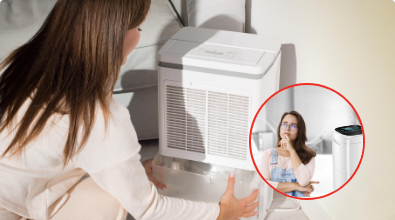
Uncover the inner workings of a dehumidifier as we take you on a journey through our comprehensive blog, explaining the fascinating mechanisms behind how dehumidifiers extract excess moisture from the air to create a comfortable and healthy living environment.

Discover the ultimate guide to dehumidifier maintenance in our comprehensive blog, where we break down the process into 7 simple steps, providing you with easy-to-follow instructions and expert tips to keep your dehumidifier running smoothly and effectively.
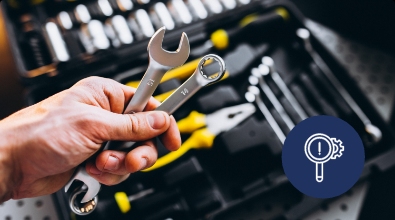
Unveil the secrets to effective dehumidifier troubleshooting as we delve into our comprehensive blog, offering valuable insights, step-by-step guidance, and practical tips to help you identify and resolve common issues.

Unlock the potential of your dehumidifier with our comprehensive blog, packed with valuable tips and tricks to maximize its effectiveness, optimize energy efficiency, and create a comfortable and healthy indoor environment.
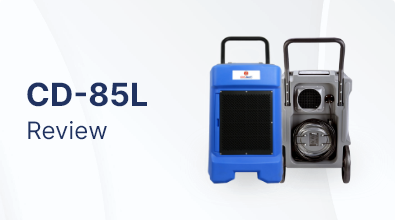
Uncover the exceptional performance and industrial prowess of the CD-85L dehumidifier as we delve into our comprehensive review, highlighting its reliability, efficiency, and real-world applications, providing valuable insights for businesses in need of effective moisture control solutions.
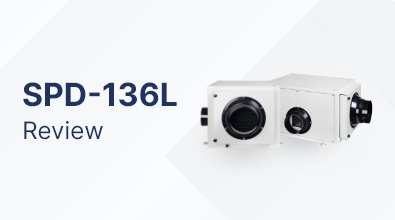
Unveil the power of the SPD-136L ducted inline dehumidifier in our comprehensive review, exploring its advanced features, seamless integration, and remarkable moisture control capabilities, providing valuable insights for those seeking efficient humidity management in large spaces.
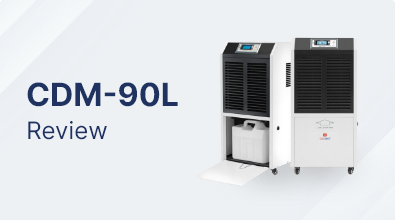
Discover the outstanding performance and industrial-grade capabilities of the CDM-90L dehumidifier in our comprehensive review, as we explore its reliability, high capacity, and practical applications, providing valuable insights for businesses in need of effective humidity control solutions.
Sed ut perspiciatis unde omnis iste natus error sit voluptatem accusantium doloremque laudantium, totam rem aperiam, eaque ipsa quae ab illo inventore veritatis et quasi
Let's explore the different types of dehumidification units and how they differ in terms of performance and energy efficiency.
Dehumidification units can be broadly segmented into two major types. Let's have a brief look at them below!
Refrigeration dehumidifiers are the more common type and operate using a simple condensation process, wherein they absorb the humid air, passing them over to a series of evaporator coils where the moisture is extracted and condensed to water droplets, and passing the residual dry air to a series of condenser coils where it is reheated before releasing it back to the atmosphere.
They are highly efficient in warm and humid conditions, making them perfect for household use. Moreover, these dehumidifiers are generally more energy-efficient compared to desiccant dehumidifiers.
On the other hand, desiccant dehumidifiers take a different approach. Instead of relying on evaporator coils, they use moisture-absorbing desiccant materials, such as silica gel, to extract humidity from the air.
These units excel in colder environments and are commonly used in industrial settings or places requiring low humidity. However, in warm and humid conditions, they may consume more energy than refrigeration dehumidifiers.
To identify eco-friendly and energy-efficient dehumidifier options, consider looking for specific features and certifications. Firstly, check for the Energy Star label, as dehumidifiers with this certification meet strict energy efficiency guidelines set by the U.S. Environmental Protection Agency (EPA).
Additionally, some dehumidifiers offer hybrid or dual-mode operation, allowing you to switch between refrigeration and desiccant modes based on the environmental conditions. This versatility can enhance energy efficiency.
Adjustable humidity settings are also crucial as they enable precise control over desired humidity levels, preventing excessive energy consumption.
Another important feature to consider is the auto-defrost function, which ensures the dehumidifier doesn't freeze up in colder conditions, improving its overall performance and efficiency.
Lastly, check the product specifications for information on power consumption rates, aiming for dehumidifiers with lower energy usage.
In case you encounter common issues with dehumidifiers, such as unusual noises and water leakage, troubleshooting can often resolve the problems. If you hear unusual noises, ensure the dehumidifier is placed on a stable and level surface to prevent vibrations.
Additionally, clean the fan blades and components regularly to eliminate debris that may be causing the noise. Lastly, inspect the compressor for any signs of damage or malfunction.
For water leakage issues, check if the water collection tank is correctly placed and securely fitted. Regularly clean the tank and the drain to prevent clogs and blockages. Also, examine the hose or drain connection for any leaks or misalignments.
If the issue persists or if you are uncertain about internal repairs, it's best to seek assistance from a professional technician or contact the manufacturer's customer support.
When storing a dehumidifier during off-seasons or extended periods of non-usage, it is essential to follow some best practices to maintain its functionality and extend its lifespan.
Firstly, thoroughly clean the unit, including the air filters and water tank, to prevent the growth of mold and mildew. Additionally, ensure that the internal components are completely dry before storing to avoid corrosion.
Unplug the unit to avoid energy consumption and potential electrical hazards.
Find a cool, dry place to store the dehumidifier, away from direct sunlight and extreme temperatures. Consider using a breathable cover to protect the unit from dust and debris.
Moreover, occasionally check the unit during storage to ensure it remains in good condition. By adhering to these practices, you can ensure your dehumidifier is in excellent condition when you need it again.
When it comes time to dispose of or recycle an old dehumidifier, it's essential to do so in an environmentally friendly manner. Research local regulations or guidelines for appliance disposal in your area.
Look for authorized recycling centers or facilities that accept old appliances, as they are equipped to handle proper recycling of materials and components.
Some manufacturers may have recycling or take-back programs for their products, so reaching out to the manufacturer can provide valuable information on how to participate.
When it comes time to dispose of or recycle an old dehumidifier, it's essential to do so in an environmentally friendly manner. Research local regulations or guidelines for appliance disposal in your area.
Look for authorized recycling centers or facilities that accept old appliances, as they are equipped to handle proper recycling of materials and components.
Some manufacturers may have recycling or take-back programs for their products, so reaching out to the manufacturer can provide valuable information on how to participate.
If your dehumidifier contains refrigerants, ensure they are safely removed and disposed of by a certified technician to prevent harmful emissions.
If your dehumidifier contains refrigerants, ensure they are safely removed and disposed of by a certified technician to prevent harmful emissions.